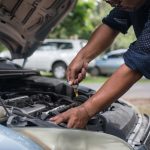How To Bleed Your Car Brake Fluid
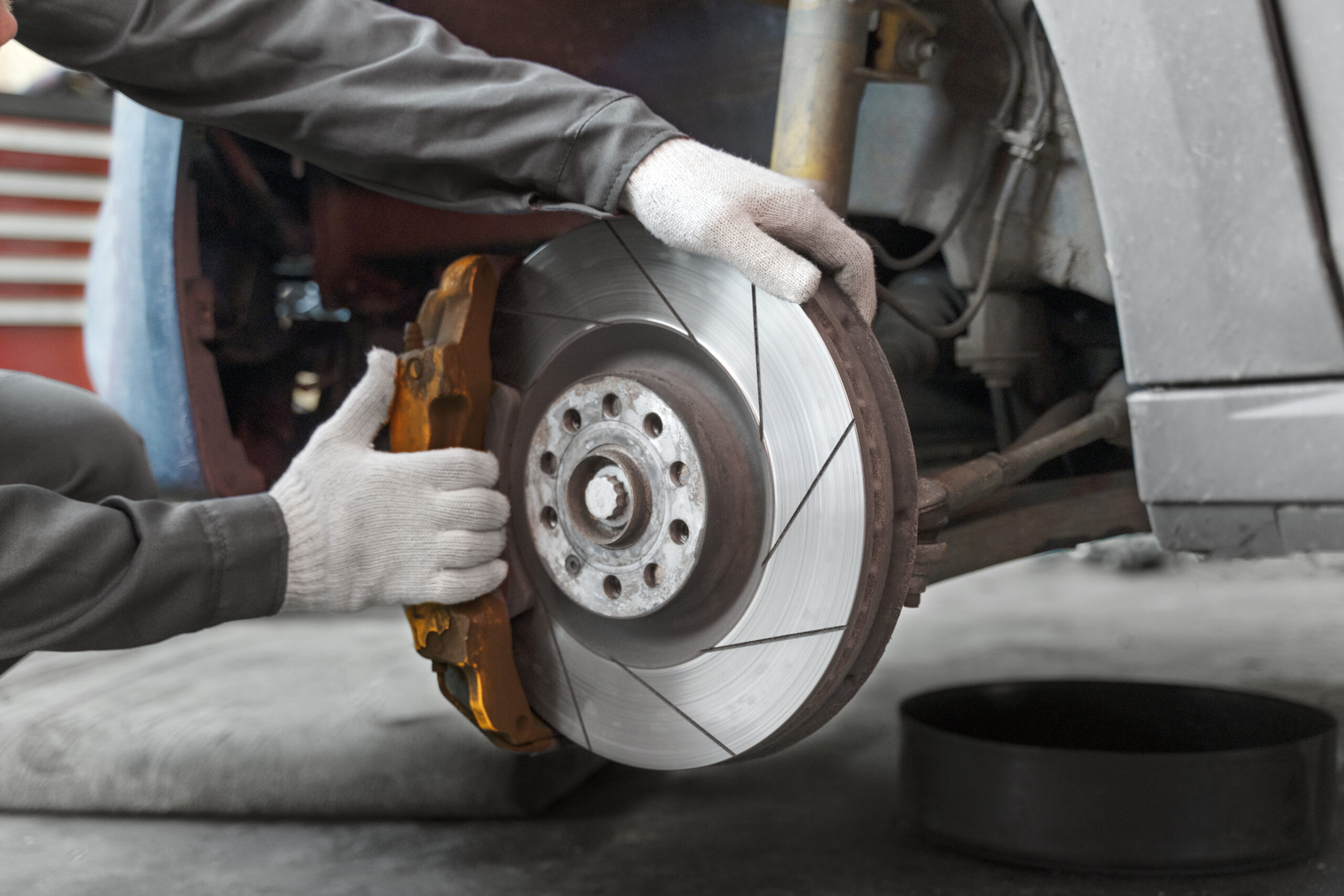
Bleeding car brake fluid is the process of pushing fluid through a hydraulic brake system to ensure all air bubbles are removed. When brakes are not bled and air bubbles become trapped in the brake fluid, hydraulic pressure drops dramatically, making the brakes less efficient. Furthermore, a condition of a spongy feeling brake pedal may exist. Bleeding your car brakes is an important braking system maintenance task that removes air from the brake fluid and ensures optimal braking system function. Here’s a step-by-step tutorial to bleeding your car’s brakes.
Why Should You Bleed Your Brakes
Despite new brake pads, a soft brake pedal indicates the presence of air in the braking system. Even with new, thick brake pads, the pedal may sink too far into the floorboard, making brake engagement difficult. The spongy feel of the brakes is an obvious symptom of air gathering over time. It is critical to replace the old brake fluid and completely bleed the brake system to ensure the release of trapped air and the restoration of responsive and reliable braking system.
Bleeding your car brakes is essential for guaranteeing optimal braking performance and driving safety. Air in the brake system can make your brake pedal feel spongy and vague. You should flush the fluid every two or three years.This procedure removes air bubbles from the braking system, which prevents spongy brake pedals and improves response. Regular bleeding aids in the maintenance of consistent brake pressure, lowering the danger of brake failure. It also improves overall system efficiency by extending the life of braking components. Neglecting brake bleeding can reduce stopping power and endanger the driver and passengers’ safety.
Car Brake Fluid Bleeding Tools
- Brake fluid (recommended: DOT 3 or DOT 4)
- A wrench or socket set
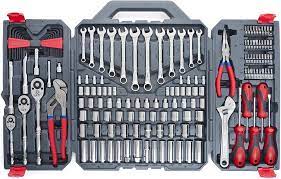
- Clear plastic tubing
- Brake fluid catch bottle or container
- Jack and jack stands

- Lug wrench
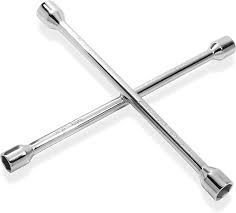
Car Brake Fluid Bleeding Process
First step is to ensure you have all the necessary brake fluid bleeding tools listed above.
Choose the Right Brake Fluid:
- Check your vehicle’s owner’s manual to determine the correct type of brake fluid for your car’s make and model. Most vehicles use either DOT 3 or DOT 4 brake fluid.You can also check the master cylinder reservoir cap to identify the type of brake fluid used in your vehicle.
Prepare the Brake Fluid:
- Ensure that the brake fluid reservoir is full. If it’s not, add the appropriate brake fluid to the reservoir to prevent the brake fluid reservoir from being empty at any point of the bleeding process.
Prepare the Car:
- Use a jack to lift the car off the ground. To ensure safety, use jack stands to secure it. Using a lug wrench, remove the wheels from the side of the car where you’re bleeding the brakes with a lug wrench.
Locate the Brake Bleeder Valve:
- Locate the brake bleeder valve on the caliper or brake cylinder. It’s usually a small, threaded valve with a rubber cap. Next step is to attach a tube to the brake bleeder valve. Insert one end of the clear plastic tubing over the brake bleeder valve and the other end into the brake fluid catch bottle. Ensure it fits tightly.
Open the Bleeder Valve:
- Using a wrench or socket, loosen the bleeder valve by turning it counterclockwise. Remove it partially; just enough to allow brake fluid and air to escape.
Bleed the Brakes:
- Pump the brake pedal several times and then hold it down. Tighten the bleeder valve while holding the pedal down. Repeat until clean brake fluid with no air bubbles flows out of the tubing.
Examine Brake Fluid Reservoir:
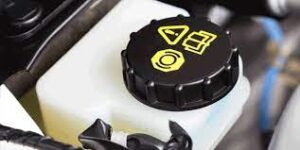
- Regularly check the brake fluid reservoir during the process to ensure it doesn’t run dry. Add more brake fluid as needed.
Repeat for Each Wheel:
- Repeat the bleeding process for each wheel in the correct sequence recommended in your car’s manual. Usually, you start with the wheel farthest from the master cylinder and work your way to the closest.
Examine Brake Pedal Feel:
- After bleeding all four wheels, test the brake pedal to ensure it feels firm. If it feels spongy or soft, there may still be trapped air in the system, and you need to repeat the bleeding process.
Replace Wheels and Lower the Car:
- Put the wheels back on, tighten the lug nuts properly, and lower the car from the jack stands.
Top Off Brake Fluid:
- Make sure the brake fluid reservoir is at the proper level, then replace the cap.
Test Drive:
- Test drive the car in a safe and open area to ensure the brakes are working correctly.
Brake fluid bleeding should be carried out every two or three years, but it can be a moderately difficult DIY repair.If you are unsure or uncomfortable about bleeding your car brakes, it is always best to get professional assistance. Brake systems are essential for safety, and any errors can have serious implications.


